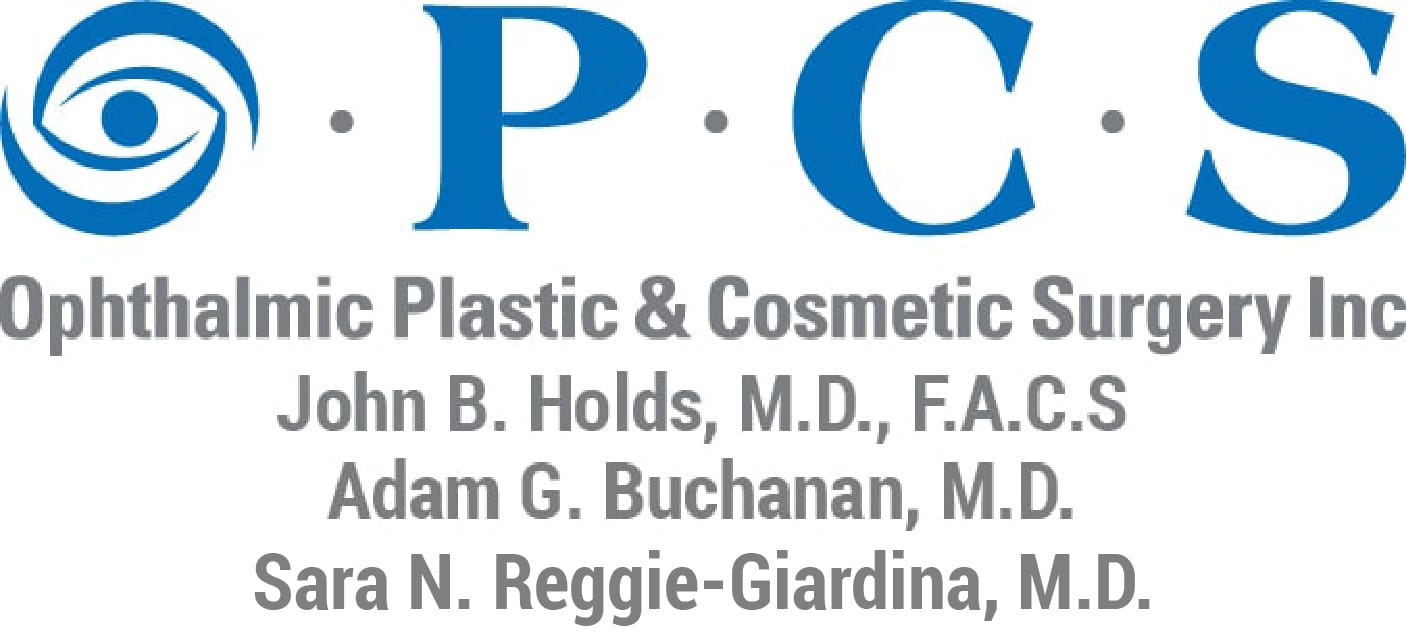What Is Lacrimal Disease?
- Posted on: May 30 2020
 Tears. The only time we tend to notice them is when we cry; or maybe when we have allergies. Beyond times when tears are problematic, we don’t think about them. However, the eyes rely on a healthy tear film all the time. Tears keep the eyes lubricated. They wash away debris like tiny particles of dust that may float into the eye. When the tear film is disrupted in some way, we may experience symptoms like burning, blurred vision, and excessive dryness or excessive tearing. Both problems can be treated when necessary.
Tears. The only time we tend to notice them is when we cry; or maybe when we have allergies. Beyond times when tears are problematic, we don’t think about them. However, the eyes rely on a healthy tear film all the time. Tears keep the eyes lubricated. They wash away debris like tiny particles of dust that may float into the eye. When the tear film is disrupted in some way, we may experience symptoms like burning, blurred vision, and excessive dryness or excessive tearing. Both problems can be treated when necessary.
Generally, it is easier to manage dry eye. We may be able to do this with lubricating eye drops or, if needed, ophthalmic treatment. Excessive tearing, on the other hand, can be more challenging. An experienced ophthalmologist knows what to do about this problem, referred to as lacrimal disease.
What Causes Tearing Problems?
As we mentioned, tearing problems can include too much fluid or too little. Dry eye may be caused by various factors, including menopause, rheumatoid arthritis, and rosacea. Interestingly, excessive tearing is also a symptom of dry eye syndrome. Excessive tearing could also indicate that the tear duct is obstructed. A blockage in the tear duct may occur due to medications, injury, a tumor, aging, or certain diseases. It could also be that the tear duct opening is malpositioned and not draining tears efficiently.
Diagnosing and Treating Lacrimal Disease
An ophthalmologist performs a thorough consultation to reach an accurate diagnosis of lacrimal disease. During this visit, patients will discuss their medical history, including health conditions such as hypertension or heart disease. Additionally, the doctor needs to be advised of any and all medications the patient is taking. This is particularly relevant if surgery is recommended. It is sometimes easiest for patients to write down a list of all medications, supplements, vitamins, and over-the-counter medications they are taking before their consultation. Certain medications must be stopped before treatment in order to avoid complications.
Blocked tear ducts can be opened with dacryocystorhinostomy, referred to as DCR. This procedure may clear the obstruction or create a new passage for tears to drain. If the eyelid is also malpositioned, it can be corrected during the same surgery. Because patients are sedated for this outpatient procedure, it is necessary that they arrange a ride on the day of their surgery.
Excessive tearing can be a distraction from your everyday life. To see what may be behind this problem, schedule a consultation in our St. Louis office. Call 314-567-3567.
Posted in: Lacrimal Disease

